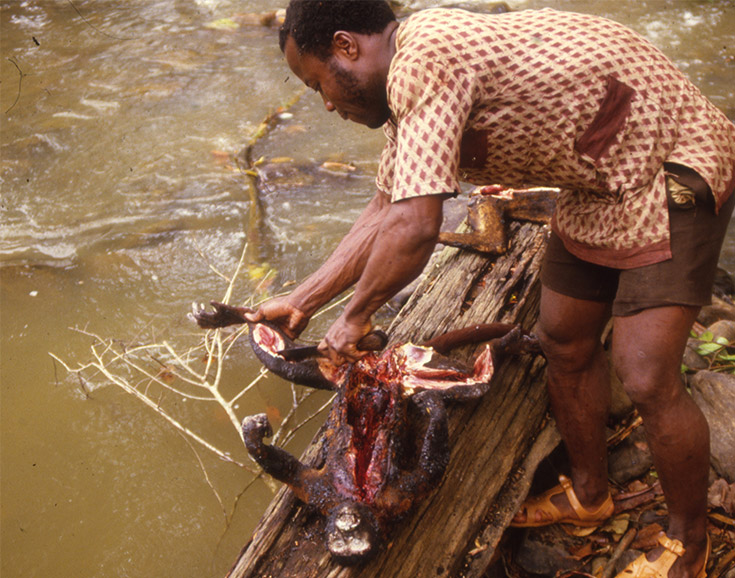Maintaining strategic co-ordination and response
Editorial Advisory Panel Member Robert McAlister is back in Sierra Leone to complete the Disaster Management Training Programme for The Office of National Security with Bournemouth University Disaster Management Centre colleagues in the form of a national level exercise.

The overall aim of the exercise is to test strategic co-ordination level structures and response capability beyond the current international support, which is scaling down after the World Health Organisation declared Sierra Leone Ebola free.
A multi Ministries, Departments and Agencies (MDA) exercise of this type is a new concept for most participating groups here and with this there are considerable challenges relating to short and longer-term commitments and requirements to enable effective response, containment and recovery if a future outbreak were to occur for real.
The daily exercise activities have been staged around a series of strategic co-ordination meetings, addressing national, strategic and tactical command, control and communications functions and actions. We explored shared situational awareness, chains of communication and tasking both up and down the various levels.
It has been a productive and absolutely fascinating week so far, especially having many in country subject matter experts on hand to guide the planning and preparation process, but also willing to share their knowledge and experiences with the participants.
One such presenter really put some basic Ebola principles and myths into perspective. This session concentrated on the eating of bush meat, considered to be a main EVD vector.
One gem highlighted by this speaker was that the practice of consuming bush meat is not the actual issue, it is the killing and preparation of the animal (mainly bats or monkeys) that is the transmission source. The animal’s bodily fluids come into contact with the victim – mostly women I may add as they principally prepare the food for their family – during these processes.

Bushmeat is often the only source of food for some communities; preventative Ebola community education messages must be targeted at reducing the risks during the preparation of meat and not trying to stop villagers from kiling animals (photo: Brock/Rex/Shutterstock)
So any preventative Ebola community education messages must be targeted at meat preparation and not trying to stop villagers kill animals, often their ownly source of food.
Interestingly the locals have their own dynamic risk assessment criteria when it comes to selecting appropriate bush meat – if you can easily catch the animal – something is wrong, it’s too old or ill to consume. Simple but effective.
Ebola in West Africa has also created new vocabularies with individuals using terminology such as index and contact tracing, first and second generation infections and 0+42 +90 timescales, which relates to breaking the chain of infection for the required safe period. It’s a whole other world for outsiders to understand, and for the moving forward process, most importantly not to lose.
That memory and knowledge has been gained through real life hardship and experience and may well be needed in the future.
If there are key points Sierra Leone can never lose sight of, it is to never forget the lessons it has learned, lose the people it has trained or dismantle the systems and processes it has put in place that can reduce EVD happening on this scale or for this duration ever again.
Read Robert McAlister’s detailed account of the floods in Sierra Leone in the next issue of CRJ.
Robert McAlister, 26/11/2015